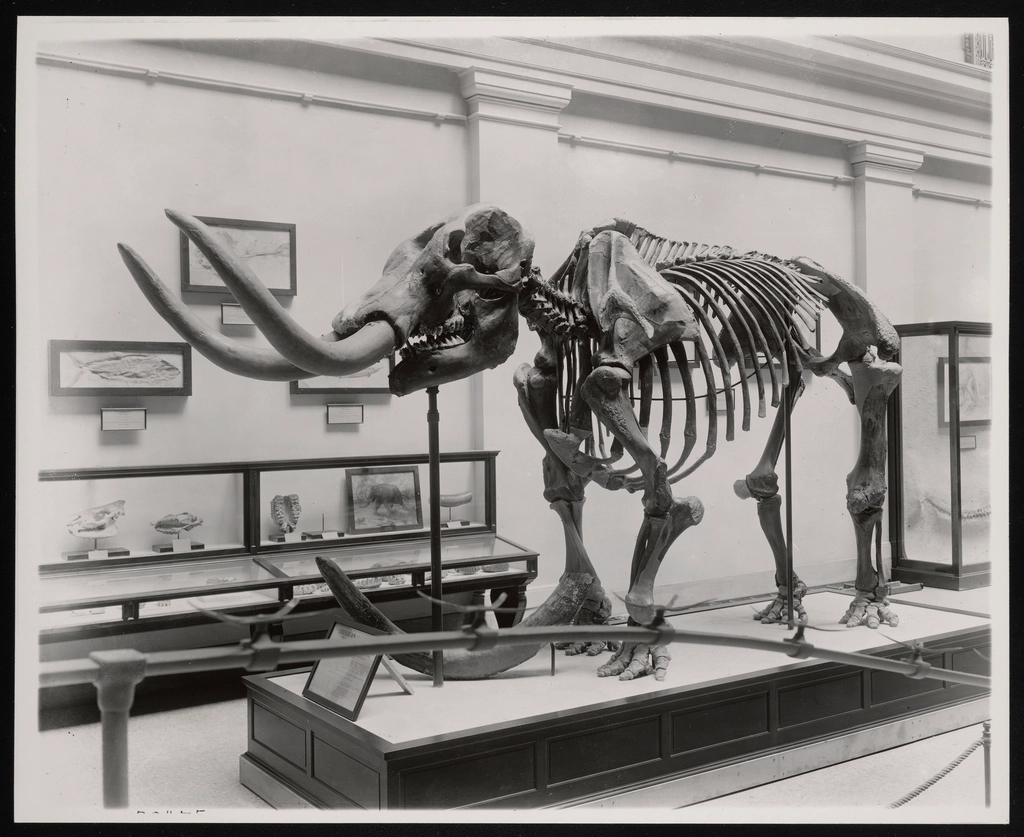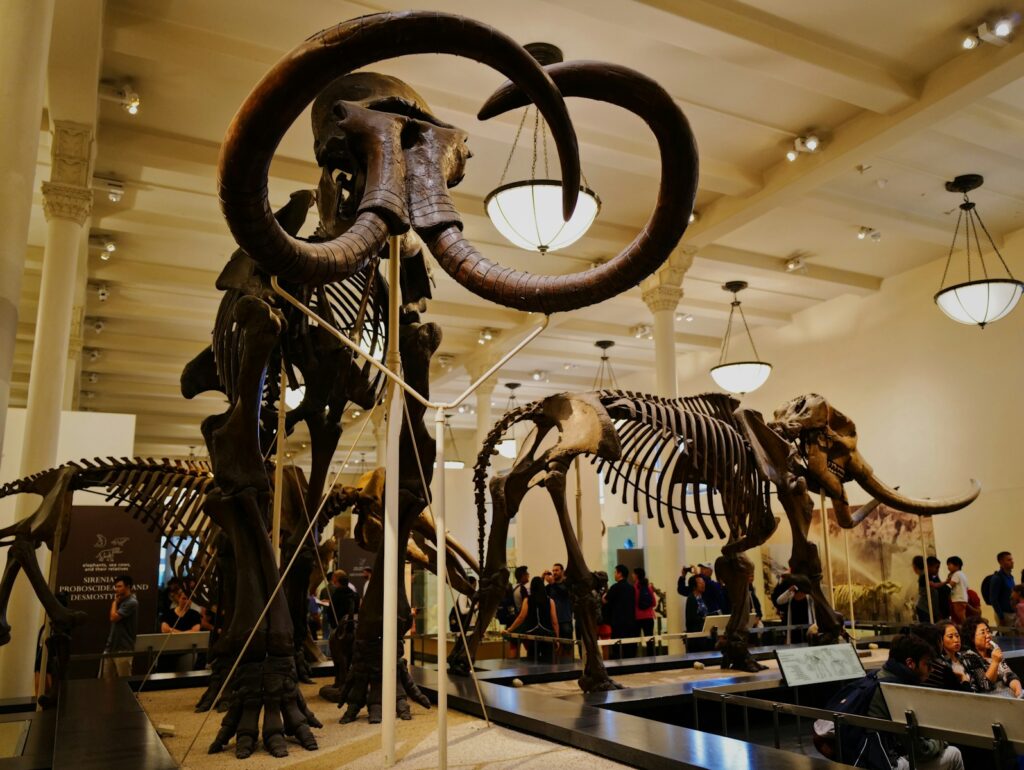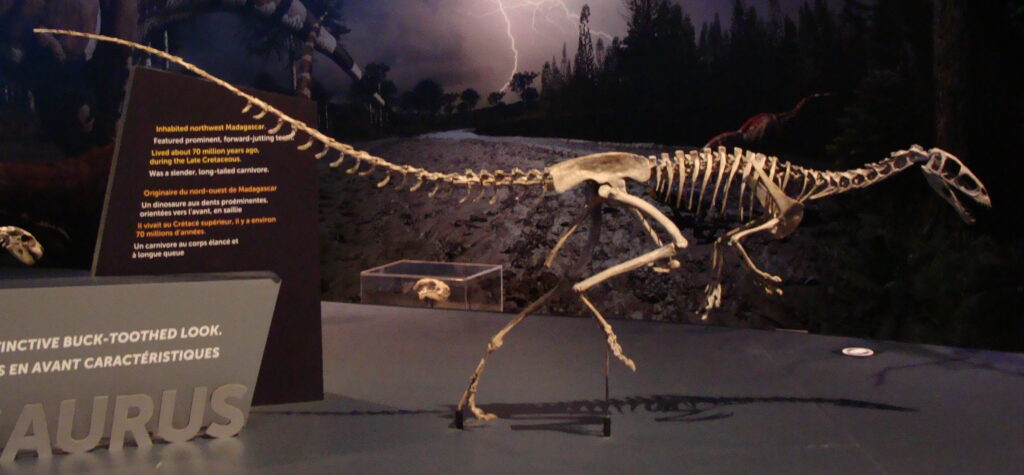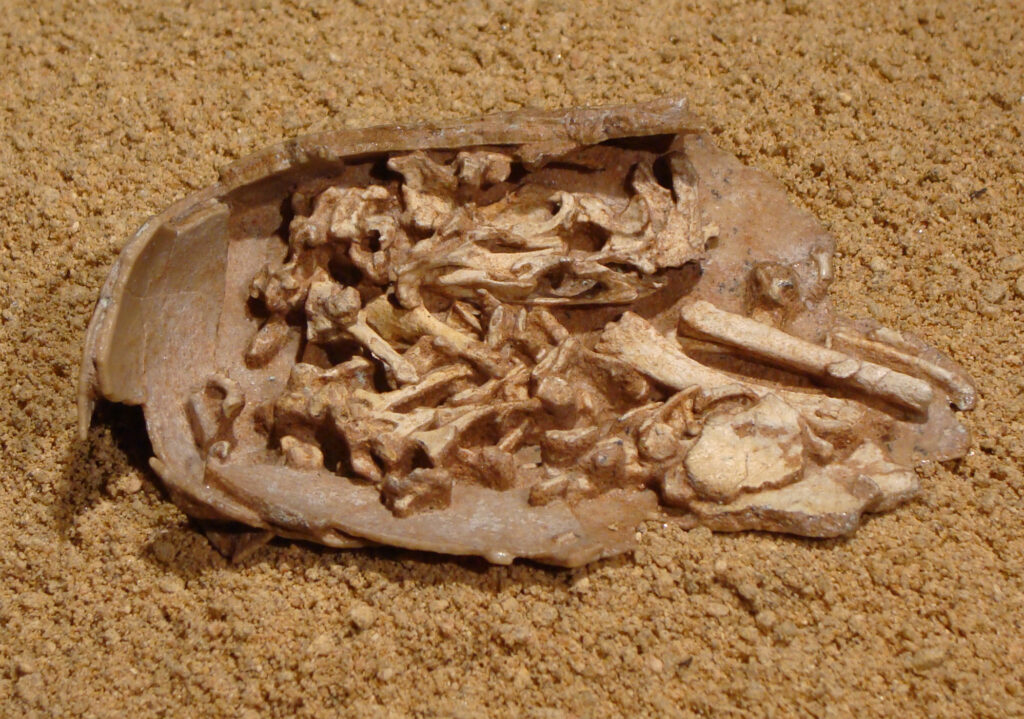Picture this: two brilliant scientists, once friends and colleagues, locked in a decades-long battle so vicious it would make modern academic feuds look like playground squabbles. In the dusty badlands of the American West during the late 1800s, Othniel Charles Marsh and Edward Drinker Cope transformed the pursuit of paleontological knowledge into something resembling a wild west showdown. Their rivalry didn’t just reshape our understanding of prehistoric life—it literally rewrote the rules of scientific competition forever.
The Men Behind the Madness
Othniel Charles Marsh came from money, and he wasn’t shy about using it. Born into privilege in 1831, he had the luxury of pursuing paleontology without worrying about his next meal. His wealthy uncle George Peabody bankrolled his scientific adventures, giving Marsh the resources to mount massive expeditions and buy loyalty from fossil hunters across the frontier. Edward Drinker Cope, on the other hand, was a Quaker born in 1840 who possessed an almost supernatural ability to identify fossils and reconstruct ancient creatures from fragments. While Marsh had money, Cope had raw talent that seemed to border on genius. Both men shared an obsession with discovering new species, but their personalities couldn’t have been more different. Marsh was methodical and calculating, while Cope was impulsive and passionate, setting the stage for one of history’s most destructive scientific rivalries.
When Friends Become Enemies
The two paleontologists actually started as friends and collaborators in the 1860s. They exchanged fossils, shared discoveries, and even named species after each other in gestures of mutual respect. Their friendship seemed genuine, built on a shared love of uncovering prehistoric mysteries hidden in ancient rock formations. Everything changed when Cope made a seemingly innocent mistake that would ignite decades of warfare. In 1868, he reconstructed a marine reptile called Elasmosaurus and proudly displayed it with the head attached to the tail instead of the neck. When Marsh publicly pointed out this embarrassing error, Cope’s pride was shattered, and their friendship died instantly. From that moment forward, every fossil discovery became a potential weapon in their escalating war of egos.
The Fossil Rush Begins
Just as prospectors rushed west searching for gold, Marsh and Cope launched their own treasure hunt for dinosaur bones in the fossil-rich badlands of Colorado, Wyoming, and Montana. The timing couldn’t have been more perfect—the completion of the transcontinental railroad in 1869 made these remote locations accessible for the first time. Both men quickly realized that whoever could find and name the most spectacular dinosaur species would claim the title of America’s greatest paleontologist. They established networks of fossil hunters, from amateur collectors to professional crews, all competing to unearth the next big discovery. The financial rewards were substantial too, as museums and wealthy collectors were willing to pay top dollar for complete dinosaur skeletons. What started as scientific exploration quickly morphed into something resembling a gold rush, complete with claim jumping, sabotage, and espionage.
Dirty Tactics and Scientific Sabotage
As the competition intensified, both men abandoned scientific ethics and embraced tactics that would make modern researchers cringe. Marsh and Cope began stealing each other’s fossil sites, bribing workers to switch sides, and even destroying fossils they couldn’t take with them. Spies were planted in rival camps to report on new discoveries before they could be officially announced. In some cases, dynamite was used to destroy dig sites to prevent competitors from finding additional specimens in the same location. The two rivals rushed to publish descriptions of new species based on incomplete fossil evidence, leading to numerous scientific errors and duplicate names for the same creatures. They even went so far as to intercept each other’s mail and telegrams, desperate to gain any advantage in their relentless pursuit of paleontological supremacy.
The Media Circus Takes Center Stage
What made the Bone Wars truly spectacular was how both men turned their rivalry into public entertainment. They courted newspaper reporters, leaked scandalous stories about each other, and transformed scientific discoveries into front-page news. The American public became fascinated with dinosaurs partly because Marsh and Cope made paleontology seem exciting and dramatic rather than dry and academic. Newspapers across the country covered their expeditions like sporting events, complete with play-by-play descriptions of fossil discoveries and personal attacks between the rivals. The media attention helped secure funding for their expeditions but also escalated the pressure to produce bigger and better discoveries. This publicity circus established a template that scientists still use today, proving that compelling storytelling can make even the most technical research accessible to general audiences.
Como Bluff: The Ultimate Battleground
In 1877, two railroad workers discovered what would become the most famous fossil site in American history: Como Bluff in Wyoming. This single location contained an unprecedented treasure trove of Jurassic dinosaur remains, including some of the most complete skeletons ever found. Both Marsh and Cope immediately recognized the site’s importance and launched competing excavations that would define the peak of their rivalry. Teams of fossil hunters worked frantically to extract as many specimens as possible, often working within sight of their competitors on the same ridge. The competition became so intense that workers from opposing teams would sometimes engage in physical confrontations over particularly promising fossil beds. Como Bluff produced legendary dinosaurs like Allosaurus, Stegosaurus, and Diplodocus, but the chaotic excavation methods meant that crucial scientific information about their positions and relationships was often lost forever.
The Price of Scientific Glory
The financial cost of the Bone Wars was staggering, with both men spending small fortunes on their paleontological crusade. Marsh had the advantage of his uncle’s wealth, allowing him to maintain larger crews and longer expeditions throughout the conflict. Cope, lacking such resources, mortgaged his family home and sold his personal fossil collection to fund his operations, eventually driving himself to near bankruptcy. The emotional toll was equally devastating, as both men became consumed by their rivalry to the exclusion of almost everything else in their lives. Their obsession with defeating each other overshadowed their genuine love of paleontology and scientific discovery. By the 1880s, the stress of constant competition and financial pressure was taking a visible toll on both men’s health and personal relationships.
Scientific Casualties of War
The rush to publish new discoveries led to numerous scientific errors that plagued paleontology for decades. Both Marsh and Cope described new species based on fragmentary evidence, sometimes creating multiple names for the same dinosaur or mixing bones from different animals into chimeric reconstructions. Their hasty publication methods meant that detailed anatomical studies and careful comparisons with existing specimens were often skipped entirely. Many of their fossil sites were excavated so carelessly that important contextual information about the geological formations and fossil associations was permanently lost. The competitive atmosphere discouraged collaboration and peer review, fundamental principles that ensure scientific accuracy. Modern paleontologists are still working to sort out the taxonomic confusion created during this period, with some of their species names being synonymized or reclassified based on more careful analysis.
The Birth of American Museums

Despite their destructive rivalry, Marsh and Cope’s expeditions fundamentally transformed American natural history museums. Their spectacular dinosaur discoveries captured public imagination and demonstrated the educational value of displaying fossil specimens. Major museums across the country, including the American Museum of Natural History and the Smithsonian, built their paleontology collections around specimens collected during the Bone Wars. The dramatic mounted skeletons that became museum centerpieces were direct results of their competitive fossil hunting. These displays established dinosaurs as popular culture icons and inspired generations of future paleontologists. The museum boom of the late 19th century was largely fueled by public fascination with the prehistoric creatures that Marsh and Cope brought to light through their bitter competition.
When the Smoke Cleared
By the early 1890s, both men were exhausted, financially drained, and facing serious health problems from decades of intense competition. Cope’s situation was particularly dire—he had spent his family fortune and was forced to sell his home and most of his fossil collection to pay his debts. Marsh, while better funded, was also feeling the strain of maintaining his extensive operations and dealing with increasing criticism from the scientific community. The dinosaur-rich fossil sites of the American West were becoming harder to access as private landowners and the federal government began restricting excavation permits. Public interest in their rivalry was also waning as new scientific discoveries and current events captured national attention. The golden age of competitive fossil hunting was coming to an end, leaving both men to contemplate the true cost of their scientific war.
Legacy of Discovery
Despite their destructive methods, the combined efforts of Marsh and Cope revolutionized our understanding of prehistoric life. Together, they described over 130 dinosaur species, many of which remain valid today after careful re-examination by modern scientists. Their discoveries included iconic dinosaurs like Triceratops, Allosaurus, Stegosaurus, and Diplodocus that continue to fascinate the public and drive paleontological research. The fossil specimens they collected formed the foundation of American paleontology and established the United States as a major center for dinosaur research. Their expeditions also trained a generation of fossil hunters and field paleontologists who would continue their work with more rigorous scientific methods. The sheer volume of specimens they collected created research opportunities that scientists are still pursuing today, more than a century after the height of their rivalry.
Lessons from the Battlefield
The Bone Wars serve as both an inspiration and a cautionary tale for modern scientists. On one hand, their passion and dedication to discovery pushed the boundaries of paleontological knowledge and captured public imagination in ways that purely academic approaches might never have achieved. Their rivalry also demonstrated the importance of fieldwork and hands-on fossil collection in understanding prehistoric life. However, their destructive competition also highlighted the dangers of letting personal ambition override scientific integrity and collaborative principles. Modern paleontology has learned from their mistakes, establishing ethical standards for fossil collection, emphasizing careful excavation techniques, and promoting international collaboration rather than destructive competition. The scientific community now recognizes that the greatest discoveries often come from teamwork and shared knowledge rather than secretive individual efforts.
Echoes in Modern Science
The competitive spirit that drove Marsh and Cope continues to influence scientific research today, though hopefully in more constructive ways. Modern paleontologists still race to publish important discoveries and compete for research funding and prestigious positions, but professional standards and peer review help prevent the worst excesses of the Bone Wars era. The media attention that both men courted has evolved into modern science communication, with researchers using social media, documentaries, and popular publications to share their discoveries with the public. Their legacy also lives on in the continued popularity of dinosaurs in popular culture, from blockbuster movies to children’s toys, proving that scientific discoveries can capture imaginations across generations. The Bone Wars demonstrated that science doesn’t have to be boring or inaccessible—it can be as thrilling and dramatic as any adventure story.
The Bone Wars remain one of the most fascinating chapters in the history of American science, a time when two brilliant men allowed their rivalry to consume their lives while simultaneously revolutionizing our understanding of prehistoric life. Their story reminds us that scientific progress often comes at unexpected costs and through imperfect human motivations. Today, as we continue to uncover new dinosaur species and piece together the puzzle of ancient ecosystems, we owe a debt to these flawed pioneers who proved that the past is never really dead—it’s just waiting to be discovered. What other secrets might still be hidden in the rocks, waiting for the next generation of fossil hunters to bring them to light?




